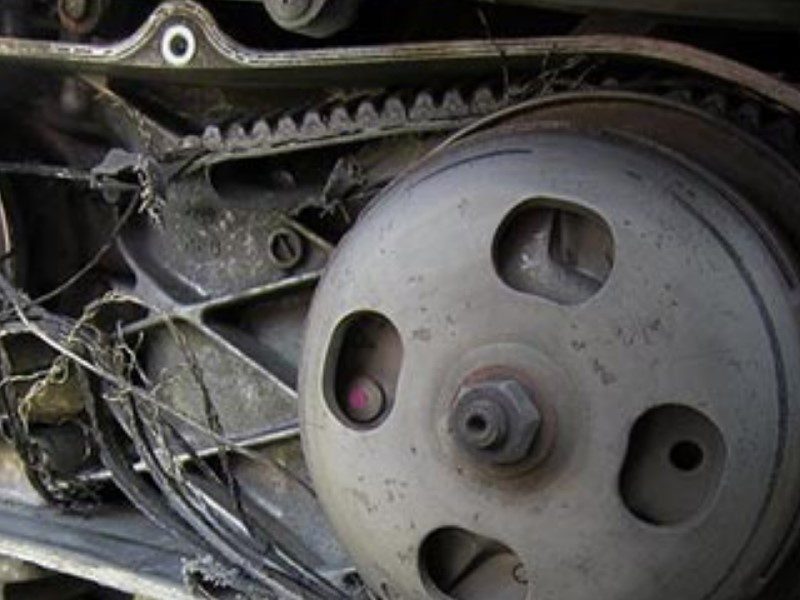The basics of car straps and what you have to know about them
As you are aware, the powertrain of your car is comprised of a variety of belts, each of which has a specific purpose. For instance, the belt that controls distribution can be distinguished from the belt that controls the alternator. In spite of the significant advances in technology that the automotive industry has made in recent years, these systems remain, at their core, mechanically quite straightforward. However, the fact that they are so straightforward ensures that they are effective.
Nevertheless, the V-belt is a specific form of a belt that we are going to delve deeper into because it is very important to be familiar with it.
Trapezoidal section belts

Trapezoidal section belts are what V-belts are, which makes sense given their name. They function similarly to other types of belts in that they are used to convey power from the element that drives the vehicle to the element that is being driven. During operation, their design makes it easier to maintain a firm grasp on roller components (such as pulleys), hence reducing the likelihood of slippage and improving the production uniformity of the system.
These specific types of engine components are available in a large number of various varieties, each of which offers a distinct set of properties that make them appropriate for usage in a particular set of applications. Some examples are as follows:
- A-type V-belts that are an extra half an inch wide
- V-belts of type B with a top width of 21/32 inches
- V-belts of type C with a top width of 7/8 inches





